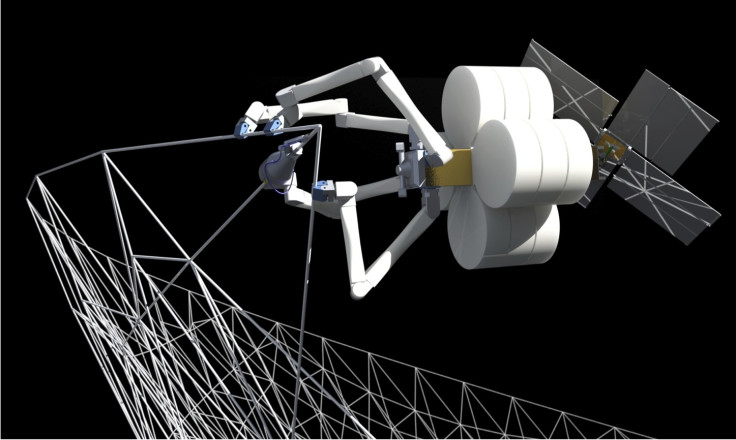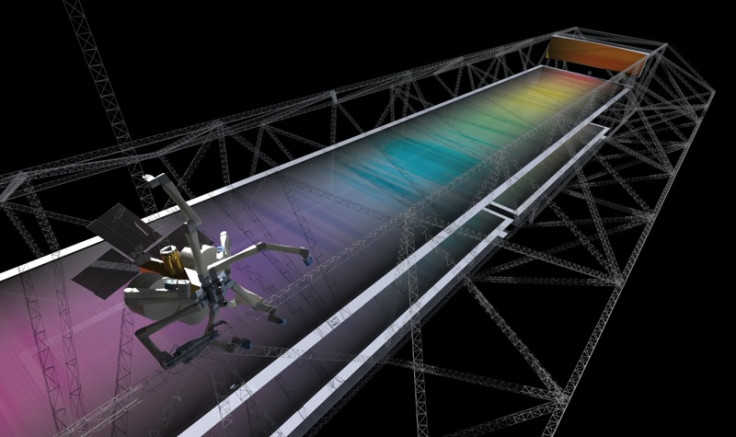Nasa funding spider robots to lower the costs of bringing huge structures to space

Nasa is funding an in-space manufacturing system which will see spider robots being used to construct large structures in orbit similar to the way spiders spin their webs in the air.
SpiderFab is the brainchild of Tethers Unlimited, a Washington-based aerospace firm that builds cost-saving solutions for Earth, sea and space-based missions.
The new technology could be used to build spacecraft booms, solar arrays and radio antennas spanning kilometres of distance in space, and SpiderFab has so far received two rounds of funding from the NASA Innovative Advanced Concepts (NIAC) programme, which aims to encourage the development of potentially game-changing space technologies.
"Our really long-term objective for all of this work is to eventually enable the use of in-situ resources to construct the infrastructure in space needed to support humanity's expansion throughout the solar system," Hoyt said during a presentation with NASA's Future In-Space Operations (FISO) working group on 4 March, according to Space.com.
Constructing spacecraft in space, not on Earth
At the moment, spacecraft is completely built and assembled on the ground here on Earth, and a large amount of money is spent by spacecraft manufacturers just to make sure that the spacecraft survives being launched into space in one piece. But what if it were possible to get into orbit and then construct systems with large components?
"It's a very expensive and time-consuming process, and also, the size of systems is somewhat limited by the size of the deployable that are possible to fold up and fit within a launch shroud," said Hoyt.
"[With SpiderFab], we can deploy apertures and baselines that are much larger than we can currently fit into launch shrouds. The payoff of that will be higher power, higher resolution, higher sensitivity and higher bandwidth for a wide range of Nasa, Department of Defense and commercial space missions."
Nasa has been working on the New Worlds Observer (NWO) space telescope since it was proposed in 2005, and the telescope is expected to be launched in 2019, followed by a starshade in 2020 that can block out most of the light of a target star in order to enable orbiting exoplanets to be imaged.
If the starshade were to be built on Earth and then sent into space, the maximum width manufacturers could make it would be 203 feet (62m) wide.
Raw materials are lighter, meaning cheaper rockets

However, if the starshade were to be constructed in orbit, it could then cover a diameter of 406 feet (124m), which would make the NOW telescope able to achieve images that were twice as close to target stars, according to Hoyt.
Launching the starshade into space in raw material parts would also reduce its volume by a factor of 30, which would mean smaller rockets could be sent into space, saving space agencies lots of money.
"All those benefits combine to enable NASA to basically buy 16 times more habitable planets per taxpayer dollar," he said.
"In a perfect world — if funding flowed and the contracting process didn't drag on forever — we think we could get to be able to build very large support structures for antennas and solar arrays, and those sorts of components, in the early 2020s."
© Copyright IBTimes 2025. All rights reserved.






















